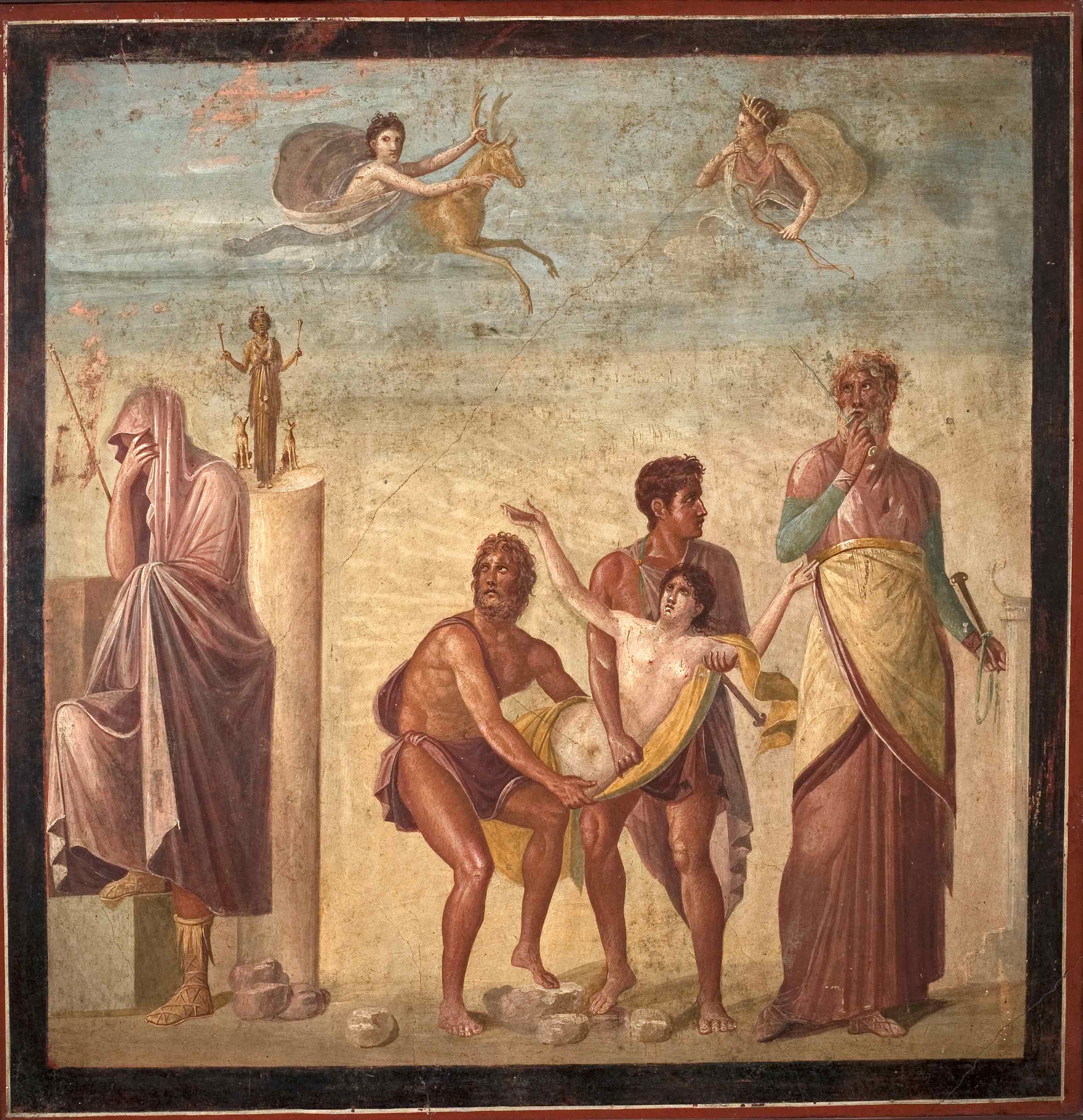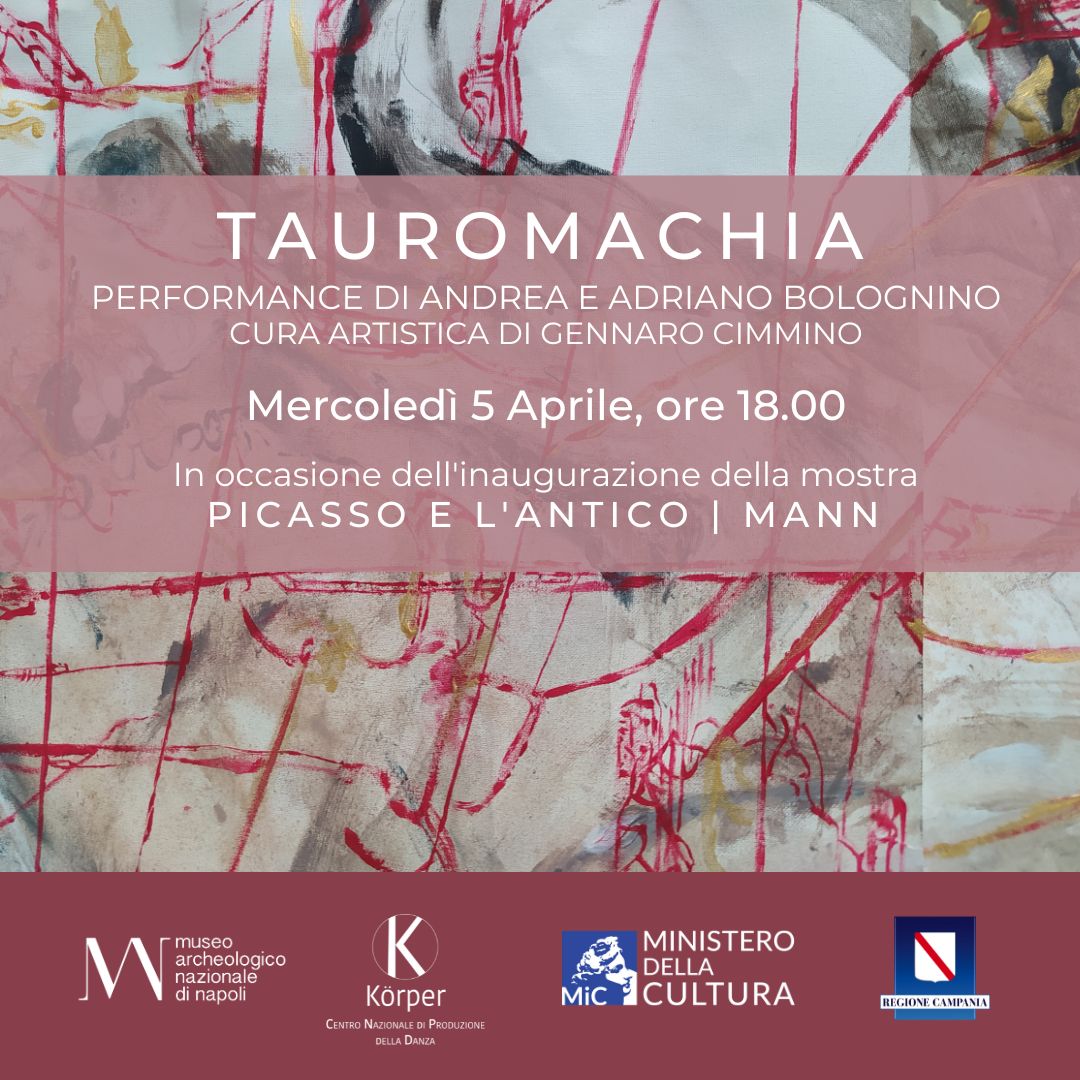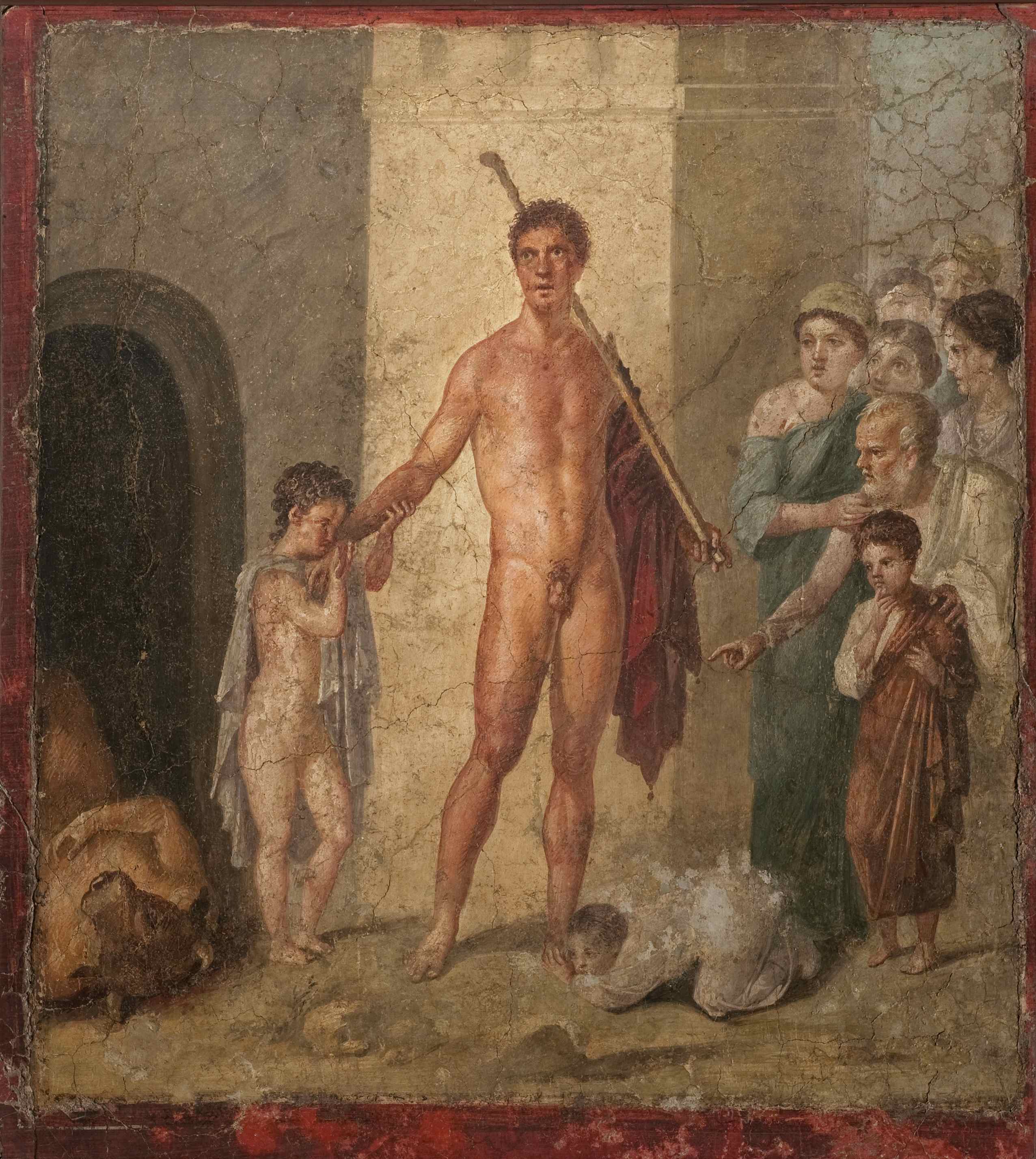Farnese Hercules, white pentelic marble, Naples, National Archaeological Museum, Courtesy of the Ministry of Culture / National Archaeological Museum of Naples, Photo Archive | Photo: © Luigi Spina
From 5 April to 27 August, visitors to the MANN – National Archaeological Museum of Naples will be able to immerse themselves in an itinerary curated by Clemente Marconi, set up in the rooms of the Farnese collection and divided into two moments. If the first leg of this journey offers a focus on Picasso’s stays in Naples, outlining the museum as it appeared at the time of the artist’s visit – a place then not yet specifically “archaeological”, and for this reason the “National Museum of Naples ” – the second stage immerses the public in a comparison between the works of the museum and the works of Picasso.
The exceptional loan from the British Museum in London of 37 of the 100 plates that make up the Vollard Suite – engravings made between 1930 and 1937 which are configured as an interpretative fulcrum in the artist’s work – are joined by loans from the Musée national Picasso – Paris and Gagosian New York.
According to the British art historian John Richardson, the series of one hundred prints that characterize the so-called Suite Vollard would represent one of the main testimonies of the influence exercised by the Farnese Hercules on Picasso. In particular, the scholar refers to the series of engravings that go under the title of Sculptor’s studio (1933-1934), in which the artist identifies himself with the protagonist, characterized more than once by the head, facial features, thoughtful attitude that closely recall Hercules.
Theseus the Liberator, fresco from Pompeii, 97 × 88 cm, Naples, National Archaeological Museum, Courtesy of the Ministry of Culture / National Archaeological Museum of Naples, Photographic Archive
True, the impact of the 1917 trip to Italy on Picasso’s artistic production has long been recognized. It is precisely the works of art seen in Rome, Naples and Florence that have contributed to reinforcing Picasso’s tendency towards the naturalism of the so-called “second classical period”. During that trip, his stay in Naples was of particular importance, with a visit to Pompeii, as well as to the museum which already exhibited the Farnese Collection and the works from Herculaneum and Pompeii. The naturalism of this Picasso phase would assume explicitly classicizing forms, easily recognizable in the majority of the non-Cubist paintings and drawings of the years from 1917 to 1925 and in the graphic work of the 1930s.
In that fateful year for his painting, Pablo Picasso stayed in Naples twice, during his trip to Italy following the Ballets Russes: between 9 and 13 March, together with Sergei Djagilev, Jean Cocteau, and Léonide Massine ,
and for several days in April in the company of Diaghilev, Massine, Igor Stravinsky, Ernest Ansermet, as well as the rest of the company.
A total of 43 works on display will be compared mainly with the Farnese sculptures and with the paintings from Pompeii, important keys to interpreting Picasso’s artistic career. The gigantism and monumentality of the Farnese sculptures will in fact have a particularly significant effect on the artistic development of Picasso. The painter gave a three-dimensional aspect to his pictorial and sculptural works, marked, before his visit to the then National Museum of Naples, by the two-dimensionality of the Cubist approach.

Sacrifice of Iphigenia, fresco from Pompeii, 140 × 130 cm, Naples, National Archaeological Museum, Courtesy of the Ministry of Culture / National Archaeological Museum of Naples, Photo Archive
Tomorrow, Wednesday 5 April, on the occasion of the inauguration of the exhibition itinerary, participants will be able to enter with a free ticket starting at 5pm. At 6 pm the Kœrper Dance Production Center will propose “Bullfighting. The fight of the double”, a performance on the motif of the bull, created “with four hands” by Adriano and Andrea Bolognino, a seismograph of the work in continuous metamorphosis by Pablo Picasso. The symbolic duplicity of this figure of conflict, struggle and dance is expressed by the artist in the archetype of the Minotaur. Andrea and Adriano Bolognino’s speech will therefore focus on
motif of the bull as a point of connection between the poetics of Picasso and the MANN collection, stitching a dialogue between pictorial and dance practice.

Poster of the Bullfighting performance which inaugurates the exhibition Picasso and the ancient | Courtesy MANN
Promoted by the National Archaeological Museum of Naples with the support of the Campania Region, and with the organization of the Electa publishing house, the exhibition Picasso and the ancient is part of the international project “Picasso Celebration 1973 – 2023: 50 exhibitions and events to celebrate Picasso” 50 years after his death.
![]() Read also:
Read also:
• A year with Picasso: the fiftieth anniversary exhibitions
